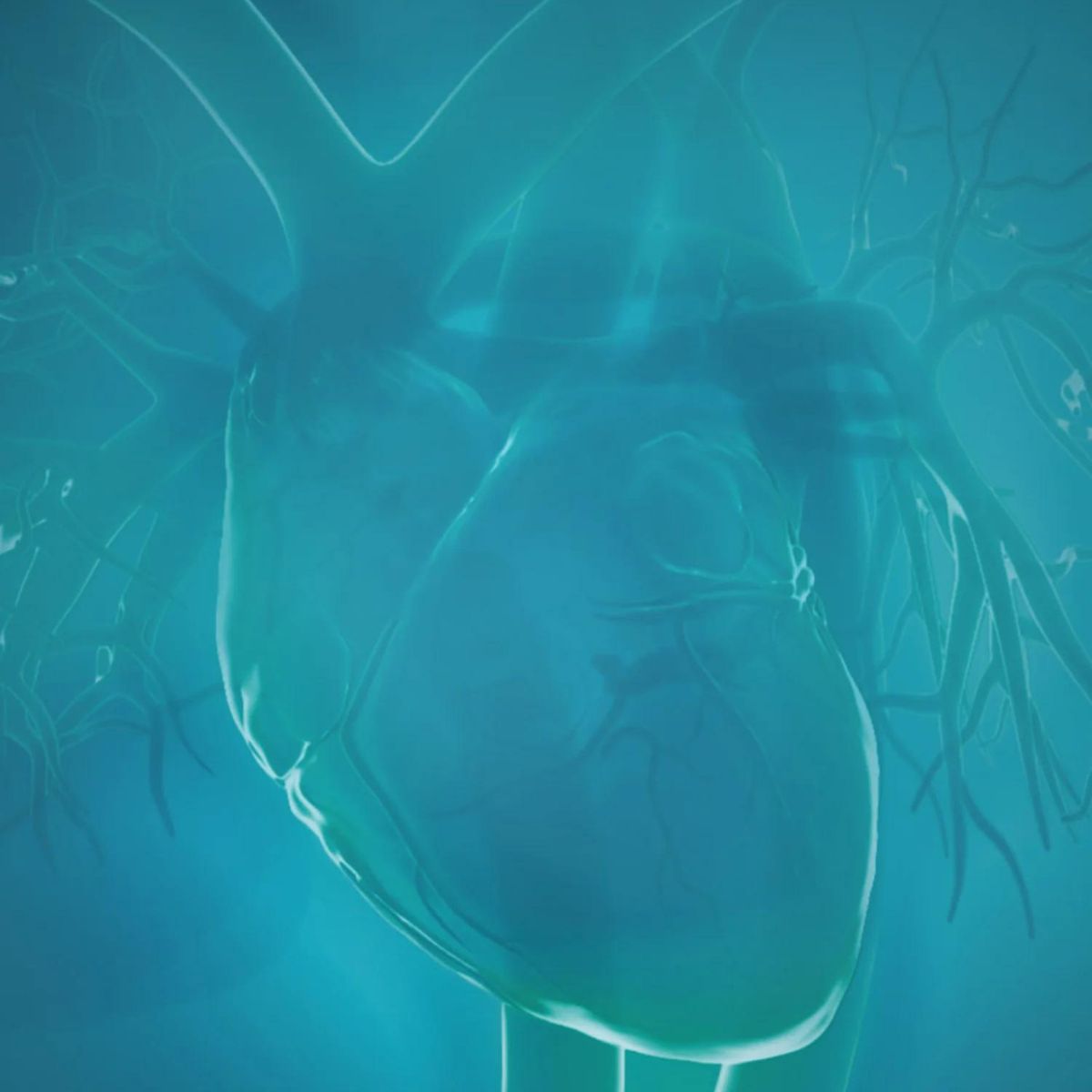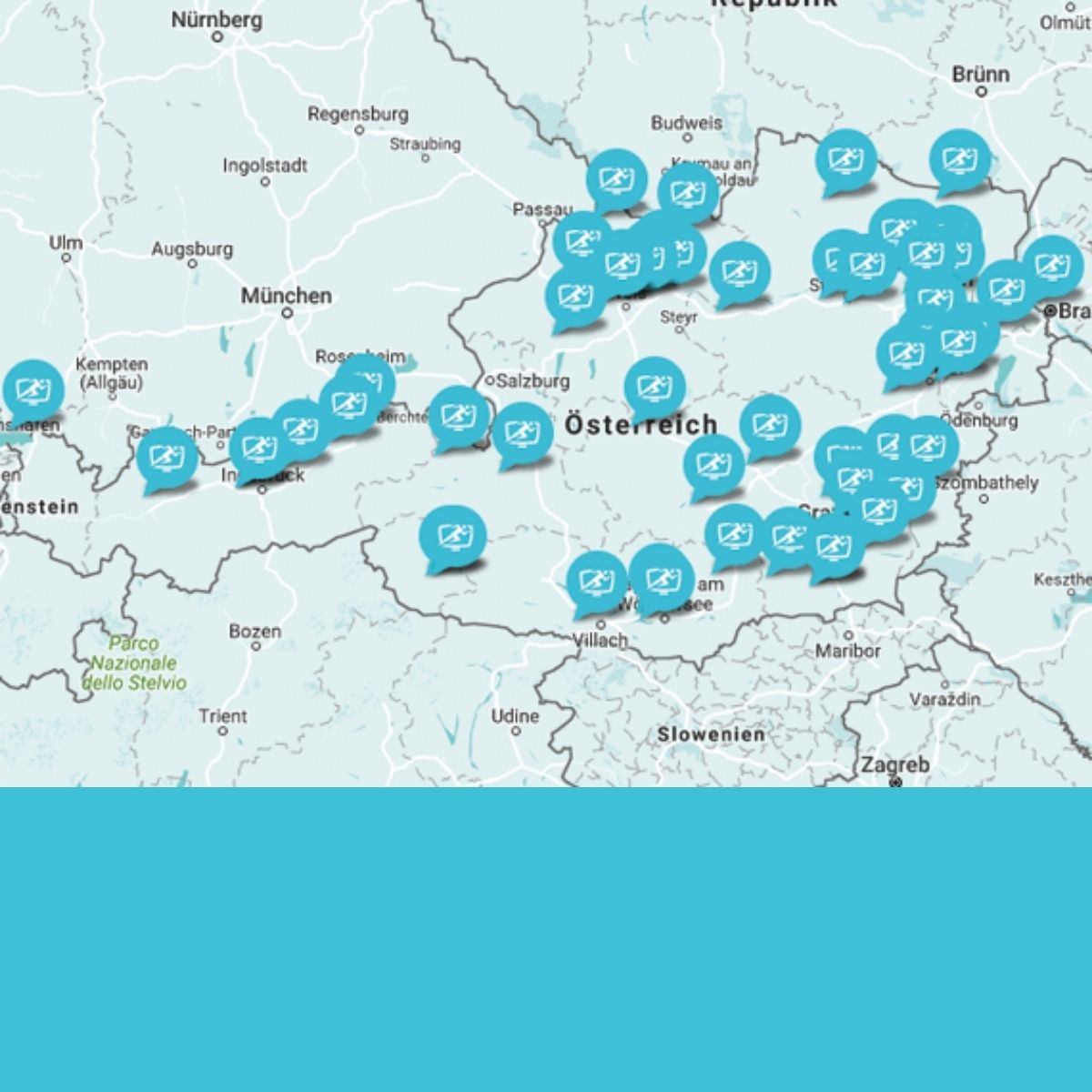Measuring stress
What causes stress?
Overwhelm : The demands of a task are higher than your abilities. This leads to “burnout” in the long term.
Under-challenged : Your skills are significantly higher than the requirements of the task. In the long term, this leads to a “bore-out”.
HOW IS STRESS PROCESSED?
Stress and stress processing are essential mechanisms of vitality for humans. Vitality is the ability to cope with physical and mental stress individually.

Stress usually builds up during the day and is then processed again at night. When you get up in the morning after a restful night, the measured stress level will be relatively low (unless you measure immediately after getting up - in this case the ringing of an alarm clock could trigger an immediate stress reaction).

For working people, it usually happens that the stress level increases during the working week and then decreases again on the weekend.

If stress processing is inadequate or the stress stimuli are continuously extremely high, the stress level rises to a plateau. If this is not reduced over a long period of time, there are serious health consequences.
WHAT DOES STRESS LEAD TO?
Long-term stress can lead to a variety of illnesses and physical ailments, such as:
- high blood pressure
- Cardiac arrhythmias
- Heart attack
- Heart failure
- Coronary diseases
- diabetes
- Immune diseases
- Inflammatory processes
- psychosomatic disorders
- Burnout
- Anxiety disorders
- and many more

GOALS OF STRESS MEASUREMENT
Of course, your stress measurement is not just an end in itself, but also:
- detecting the stressful situation
- assessing the ability to recover
- assessing the processing of stressors
- avoiding overuse (burn out)
- becoming aware of your individual life situation (living more consciously)
- implementing targeted interventions to reduce stress

HOW DOES STRESS MEASUREMENT WORK?
Measuring your stress level takes 3 minutes and consists of 2 parts:
- In the first phase, the rest phase , your heart rate variability is measured. A greater variability in the heart rate indicates a more vital and healthy current state ( David Dapra: The variability of the heart rate , page 5)
- In the second phase, the breathing phase , it is calculated how quickly your heart rate adapts to the changed breathing rate. This adjustment occurs through the parasympathetic nervous system , the part of your autonomic nervous system that is responsible for recovery. The faster the parasympathetic nervous system reacts, the less strain your organism is under.








